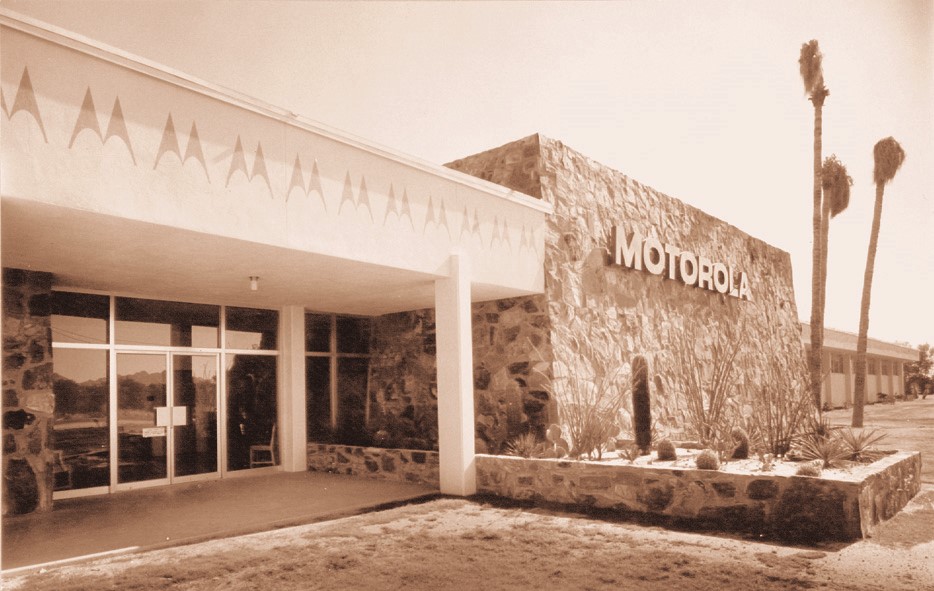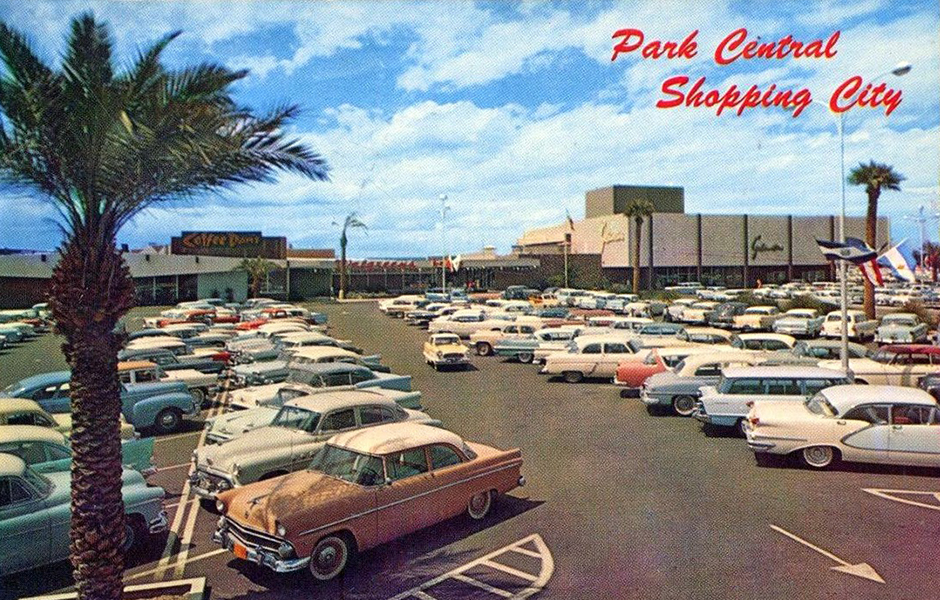In business, as in life, the true test of resilience often comes early. For Kitchell, that test arrived just six months after its founding. In June 1950, the outbreak of the Korean War brought civilian construction to a near standstill. Faced with an uncertain future, the young firm pivoted quickly, securing small military contracts in Arizona to stay afloat. But the real turning point came in early 1951 with a bold move that would set the stage for Kitchell’s future as a leader in complex projects.
The Camp Irwin Breakthrough
Opportunity came in the form of a $900,000 contract to rehabilitate the Tank Training Command at Camp Irwin in the Mojave Desert of California. The magnitude of the project was unlike anything Kitchell had undertaken before. The project ultimately doubled in size to nearly $2 million, providing the firm with not only financial stability but also critical experience in managing large, multifaceted projects. By the time the war ended in 1953, Kitchell had grown in both reputation and capability, well-positioned for the economic boom that followed.
Pioneering Complex Work
As Arizona’s population surged and private sector construction took off, Kitchell looked beyond conventional building projects. The firm sought out opportunities in specialized construction—projects that required innovative problem-solving and technical expertise. This strategic shift led to several landmark projects that would define Kitchell’s trajectory.
In 1952, Kitchell entered the advanced technology sector with the construction of the AiResearch production test facility, which developed gas turbine and aircraft components. The company also built Arizona’s first high-tech facility for Motorola Research Laboratory, pioneering the use of concrete tilt-up slab walls. That project marked the beginning of a long-standing relationship, with Kitchell ultimately completing 18 projects for Motorola. This work laid the foundation for decades of leadership in high-tech construction, serving clients from Intel to NASA across Arizona, California, and Mexico.

Building Local Landmarks
Kitchell’s ability to tackle complex projects extended beyond high-tech facilities. Kitchell’s early years also saw the firm venture into large-scale retail with the construction of Park Central Mall—the first regional shopping center in Arizona. At the time, Phoenix’s northern boundary was Central Avenue and Thomas Road, and air conditioning was still a luxury. The mall’s advertising boasted the “miracle” of 11 air-conditioned stores, a selling point that underscored how much the region was evolving. Kitchell would return to Park Central in the 1960s and again in the 1980s, leading expansions and renovations that mirrored Phoenix’s own rapid growth.

A Legacy of Innovation and Adaptability
What began as a fight for survival with the outbreak of the Korean War in the early 1950s quickly became a blueprint for long-term success. By embracing complex projects and investing in emerging markets, Kitchell didn’t just weather the challenges of its early years—it transformed into a company known for tackling the most sophisticated building challenges. That spirit of adaptability and forward-thinking continues to define Kitchell today, proving that the right pivots at the right time can turn obstacles into opportunities.